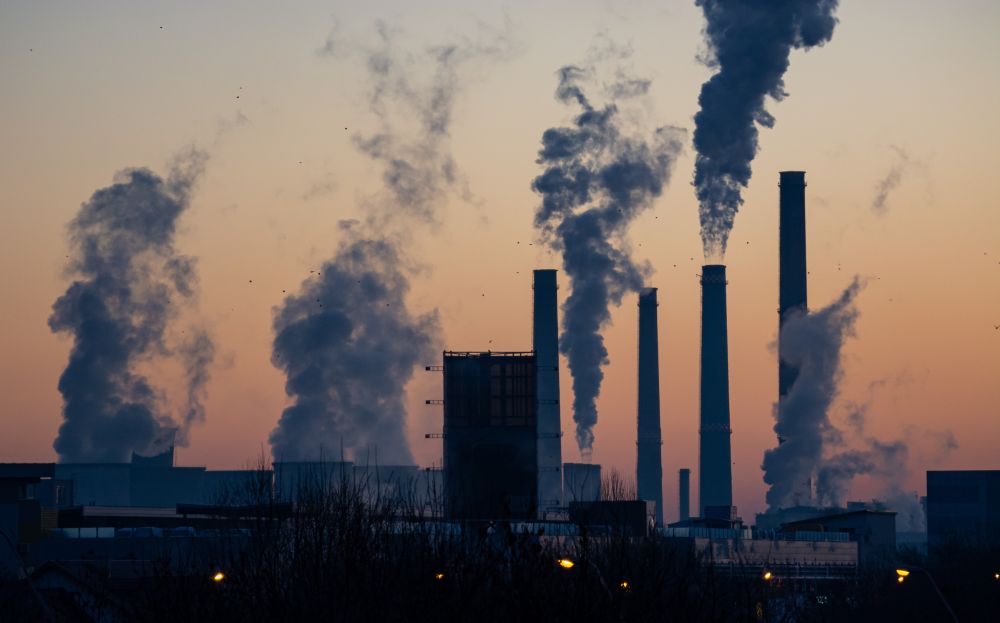UK government urged to align climate and air quality targets
New analysis suggests that the UK government’s proposed air quality target may be misaligned with its existing 2035 climate commitment.

New analysis suggests that the UK government’s proposed air quality target may be misaligned with its existing 2035 climate commitment.
The UK government is set to announce a new target for particulate matter air pollution (PM2.5) this month. Earlier in the year the government proposed a target of 10mg per m3 by 2040.
Campaigners have been calling for the deadline to be brought forward to 2030 with the aim of improving health outcomes. New weight has been added to those calls with the publication of a new analysis which suggests the 2040 deadline is at odds with a legal requirement for the UK to achieve reductions in greenhouse gas emissions by 2035.
Earlier this year, Research by Imperial College London, supported by Clean Air Fund, showed that the UK would achieve air quality within the World Health Organization’s interim target for PM2.5 of 10 µg/m3 (WHO-10) by 2030.
New analysis from Ricardo Energy & Environment predicts that these same measures will decrease greenhouse gas (GHG) emissions to 58% below 1990 levels by 2030. This would still leave the UK behind track to meet its legally-binding climate commitment (a 78% reduction in GHGs from 1990 to 2035).
The UK government is currently proposing to align with WHO-10 levels by 2040. The mismatch between these PM2.5 and GHG targets suggests that air quality and climate have not been considered simultaneously.
The report highlights the effectiveness of policies and measures on road transport in simultaneously reducing carbon emissions and PM2.5 air pollution.
The report showcases measures and policy areas that will simultaneously improve public health and drive the UK towards net zero. Baseline changes and existing national policies will drive down emissions across other key sectors by 2030, such as:
- energy production (GHGs: -46%, PM2.5: -20%)
- industry (GHGs: -18%, PM2.5: -25%)
- the extraction and distribution of fossil fuels (GHGs: – 33%, PM2.5: -60%).
City-level action can also provide win-wins for health and climate. London’s current and planned actions on domestic and commercial use of gas, oil and coal, and for waste burning will reduce PM2.5 and GHG emissions.
Jane Burston, Executive Director at the Clean Air Fund, “Achieving much healthier air is possible across the vast majority of the UK by 2030 based on policies the government already plans to implement or that have been recommended by the Committee on Climate Change.”
Read the full article here.
